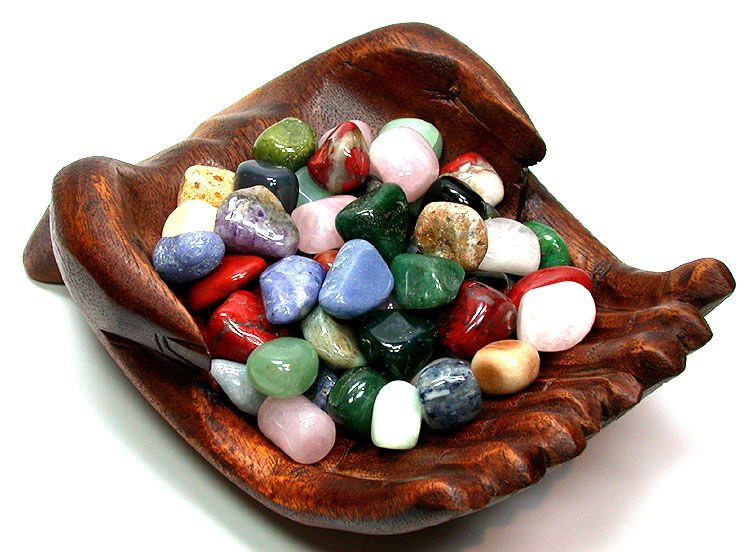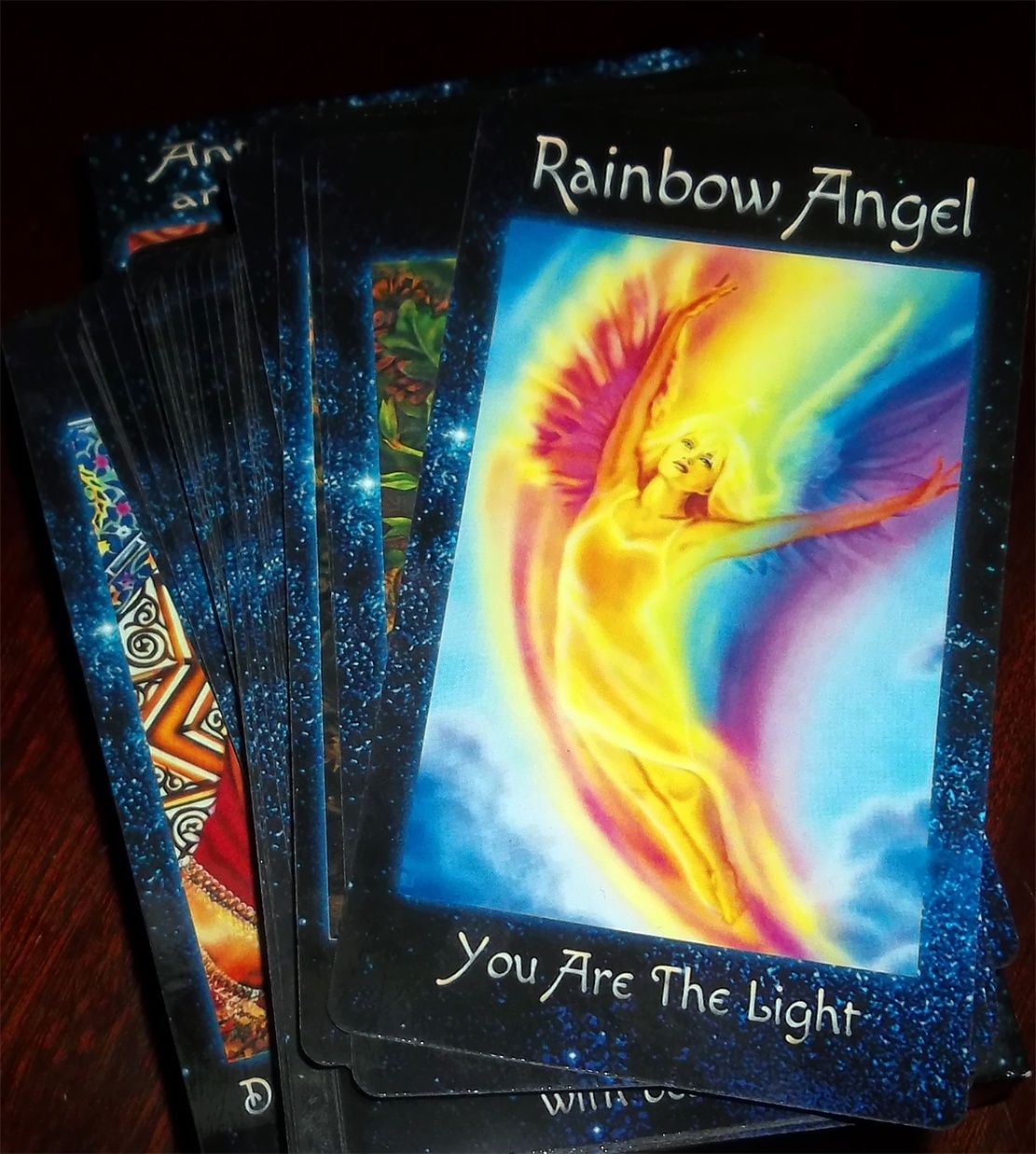The Healing Whisper of Tantra to the Psyche
- Details
- Written by Sofia Falcone
- Views: 11839

Tantra, in its true essence, is not a shortcut to bliss, nor a seduction clothed as mysticism. It is a slow, sensuous unraveling…a return to the temple of the self.
It does not rush to mend what appears broken; instead, it invites us to listen, to touch the pulse beneath the wound, and to remember the original music and healing fire of our being. Healing, in the Tantric sense, is not a battle…it is an awakening, a remembering, a surrendering to the wholeness that has always shimmered beneath the surface of our fragmented selves.
At a time when our collective breath feels shallow…when burnout simmers beneath our skin, and silence feels heavy with unshed tears, psychotherapy seeks new language, new methods, new ways, to hold the human heart and heal the human psyche. While CBT and DBT offer structured relief and mindfulness teaches presence, there seems to be a hunger for something deeper…something more humane – something that can bring us back to feeling more than just like robots…something that manages symptoms and reignites the soul!
Tantra, often misconstrued in the West as merely erotic art, it is in truth a way of life that involves psychology, spirituality, sexology, and mindfulness – it is in truth a science of the spirit. It unites all aspects of a human being and the archetypes found within…it speaks in symbols, breath, and sensations. It asks us not to bypass the body but to utilize it by loving it with consciousness – to make love to our lives, fully and without shame. To make love to our lives is not the same as to go out there and share ourselves with everyone – that is a misconception by those who equate love with sexuality. To make love is to create love…so Tantra says, “look at your life. Face your shadow. Embrace it, and now as you heal, create the life you want.” That is self-love…that, is making love in our lives.
In Tantra, there is no denying of our light and dark. It is not the gray area where indecision and the superficiality of congeniality are often found. Authentic Tantra is the path less travelled…the conscious middle path of congruent integration – hence not self-abuse or self-denial. In Tantra, the body is not a problem to be solved, a toy to be used, an instrument to be punished … for the body does only as the essence demands. To us, the body is not a problem but a doorway. Emotion (good or bad) is not an obstacle or reward but a messenger. Energy is not to be suppressed but courted. The soul is the silent witness ever waiting to be met. And the spirit?…it is the one awaiting to set us free, to help us expand as we integrate all the other aspects of ourselves.
This ancient luminous path, long forgotten, mistaught, misunderstood, or misrepresented, is now becoming the center stage for the psychotherapy of our century, not as a replacement, but as a reweaving—bringing the beautiful, wild yet sacred aspect of the divine-human back to the clinical. Tantra is looked upon to stitch back ecstasy to analysis and breath to breakthrough. Tantra does not offer a “cure”; only the individual can choose to do so or surrender his or her power. Tantra offers communion of the human with the divine spark. Perhaps in a world so consumed by false ideas of what it means to be good, a world so consume with superficial rigidities over essence, a world starving for genuine love and acceptance – a world starved of intimacy…with ourselves, with life, with the divine, perhaps Tantra will help us find our way back, maybe the one thing that has been misunderstood and condemned, might offer the healing we truly seek. Only you can be the judge of that. In this article, I shall provide you with a bit more insight and some simple healing practices, which do not require much of you, only your full attention and honesty.
Understanding Tantra Beyond the Myths
Tantra, rooted in Indian traditions dating back over 1,500 years, is a system of practices aimed at spiritual liberation, inner transformation, and holistic well-being. Rather than denying or suppressing human experiences (including emotion, sexuality, and suffering), Tantra encourages full embodiment and conscious engagement with life.
Classical Tantra incorporates:
- Breathwork (pranayama)
- Visualization and mantra
- Ritual and symbolism
- Sacred touch and movement
- Energy body awareness (chakras, nadis)
It is this integrative, experiential nature that positions Tantra as a unique complement to modern therapeutic frameworks.
The Psychological Core of Tantric Healing
Recent research and therapeutic experiments have begun to frame Tantra not just as a spiritual path, but as a potential modality for psychological healing. Here’s how – with practices you can try:
1. Trauma Resolution Through Somatic Awareness
Tantra emphasizes presence in the body, a concept increasingly echoed in somatic psychology. Practices that involve slow, mindful breathing, pelvic awareness, or sacred touch help trauma survivors regulate their nervous systems and release stored tension. This aligns with approaches like Peter Levine’s Somatic Experiencing, suggesting Tantra can assist in trauma resolution by grounding individuals in the body.
Practice: Sacred Self-Holding
- Sit or lie down in a safe space. Place one hand on your heart and one on your belly.
- Breathe slowly in through the nose and out through the mouth.
- On each exhale, say internally: “I am safe now.”
- Let your body move or release tension naturally. Crying, shaking, or sighing are welcome.
- Do this for 5–10 minutes daily to retrain the body to feel safe.
2. Emotional Integration and Shadow Work
Tantra doesn’t shy away from “negative” emotions. Instead, it invites practitioners to explore and integrate them through meditative self-inquiry and ritual. This mirrors Jungian shadow work, where healing is found in integrating repressed or unconscious aspects of the psyche. Tantra’s view that every experience – including fear, anger, and grief – contains transformative potential helps people build emotional resilience and wholeness.
Practice: Tantric Shadow Dialoguing
- Light a candle. Sit with eyes closed and bring to mind an emotion you often suppress (e.g., anger, jealousy).
- Ask silently: “What are you trying to show me?”
- Let the emotion speak back in your mind as if it were a person. Write this dialogue in a journal.
- End by breathing into your heart and saying: “I accept all parts of me.”
- This practice builds compassion and clarity by befriending your inner world.
3. Sacred Sexuality and Intimacy Healing
Modern Tantra therapy often works with couples or individuals struggling with sexual trauma, disconnection, or shame. It fosters safe, consensual touch, vulnerability, and communication, transforming sexuality into a sacred healing force rather than a source of shame or pain. This has profound implications for survivors of abuse, people healing from relationship wounds, or those exploring identity and boundaries.
Practice: Consent Ritual and Self-Soothing Touch
- Sit in front of a mirror or with a partner. Say aloud: “I honor my boundaries and invite safety.”
- If alone, gently explore self-touch (shoulders, face, chest, arms) with the intention of tenderness – not arousal.
- Ask your body where it wants to be touched. If it says “no” to anything, honor it.
- With a partner, practice asking for and giving touch using simple phrases: “May I touch your arm?” “Yes, thank you.”
- This builds consent literacy and re-patterns intimacy into a space of healing and trust.
4. Mindfulness with Energy Awareness
Much like mindfulness-based cognitive therapy (MBCT), Tantra employs present-moment awareness – but extends it to include the energy body (prana, chakras). Practitioners learn to detect subtle energetic patterns, often tied to emotions, memories, or physical health. This somato-energetic literacy deepens self-awareness and self-regulation.
Practice: Chakra Body Scan Meditation
- Sit quietly with your spine upright. Visualize your body from root to crown.
- Pause at each chakra (base of spine, pelvis, solar plexus, heart, throat, brow, crown).
- At each center, ask silently: “How do you feel today?” Notice images, sensations, or memories.
- Breathe into any tightness or numbness. Visualize a soft, colored light at each point.
- This cultivates emotional literacy, inner dialogue, and energetic attunement.
Tantra as a Therapeutic Model
A growing number of therapists and scholars advocate for a “Tantric psychotherapy” model. This doesn’t mean abandoning Western science, but enriching it with ancient tools. For example:
- Cognitive tools (CBT) can help restructure thinking patterns.
- Tantric meditation and breathwork help regulate the nervous system.
- Body-centered practices deepen the therapeutic process.
This integrative model can be especially helpful for:
- Depression and anxiety rooted in disembodiment or spiritual emptiness
- Trauma healing
- Relationship and intimacy issues
- Identity crises and existential questions
Neuroscience and Tantra: Bridging Ancient and Modern
Emerging research supports the idea that Tantric practices can alter brain function. Studies on mindfulness and breathwork show improved emotional regulation, increased gray matter density, and better connectivity in areas tied to empathy and decision-making.
Tantra, with its emphasis on embodiment, rhythmic breathing, and intention, may activate similar regions of the brain – offering a powerful blend of cognitive rewiring and energetic balancing.
Ethical Practice and Cultural Respect
It’s crucial to approach Tantra with respect and awareness. The commodification of Tantra in the West has often stripped it of context and led to unethical practices. Integrating Tantra into therapy must involve:
- Trauma-informed training
- Respect for its spiritual and cultural origins
- Clear boundaries and consent in body-based work
- Multidisciplinary training (psychology, somatics, spirituality)
Tantra is indeed in its renaissance. As psychotherapy evolves to meet the complexity of the human experience, Tantra may well become one of its most vital allies.
Sofia Falcone
I passionately believe one person can make a difference. I write from my own experiences and interests. It is my greatest hope that by writing about my own challenges and hopes, others may feel inspired to believe more in their inner power and to fully embrace themselves.
Reprinted on crystalwind.ca with written permission from Sofia Falcone.
Source here
© 2025 CrystalWind.ca & Author | All Rights Reserved | No reproduction without permission | Awakening Souls Since 2008.
#CrystalWind #SpiritualJourney
Liked this article? Dive deeper into personal growth and wellness! Check out CrystalWind.ca for spiritual wisdom or explore AromaWorx.ca for natural well-being tips. Spread the positivity—share this with friends on their happiness journey!
Let’s Chat! Drop Your Thoughts Below! ![]()
Disclaimer Health
All post and information provided within this blog is for educational and informational purposes only, and is not to be construed as medical advice or instruction. No action should be taken solely on the contents of this website. Please consult with your healthcare professional before making any dietary or lifestyle changes or taking supplements that may interfere with medications. Any products or information discussed are not intended to diagnose, prevent, treat or cure any illness, disease or lifestyle. Please consult your physician or a qualified health professional on any matters regarding your health and wellbeing or on any opinions expressed within this website.
Dive into the Mystical World of the Crystal Wind Oracle Deck!
Get All the Enchanting Details Now!
NEW Expanded Boxed Edition!
Now with 58 Cards for Richer Wisdom!
Imagine a world of inspiration and healing, free for all—made possible by YOU!
Donate Now—Ignite the Magic at CrystalWind.ca!

Epilepsy - Finding A Cure
Your donation can make a difference!
Help us find a cure – donate now!
Latest Articles
Unlock Your Light: Join Lightworkers Worldwide on CrystalWind.ca!
Follow Us!
Featured This Month
Mabon Magic: Ideas For Fall Decoration And R…
Welcome (almost!) to Fall! We’re turning the Great Wheel once again, toward ... Read more
Watermelon Tourmaline
Synonym: Rainbow Tourmaline The watermelon tourmaline is a rare variety t... Read more
Mabon in Modern Times: Fresh Takes on the Au…
The Mabon season begins somewhere around the 21st-22nd of September and cont... Read more
Virgo Mythology
The Virgo Myth In all of constellation mythology, few legends are as misund... Read more
Sweet Violet
Sweet Violet Faithfulness and modesty. “I will always be true to you.” Helps... Read more
Sun in Virgo
An Overview of Sun Sign Characteristics for Virgo Virgo is guided by Mercur... Read more
The Vine: September 2nd - September 29th
The Autumnal Equinox ( Alban Elfed ) Celtic Symbol : The White Swan Read more
Crystals for Virgo
As the warmth of summer begins to soften into the crispness of autumn, the Sun... Read more
Peridot: The Healer's Stone
Peridot has been used as a Power Stone for centuries. Peridot fosters emotio... Read more

































































































































































